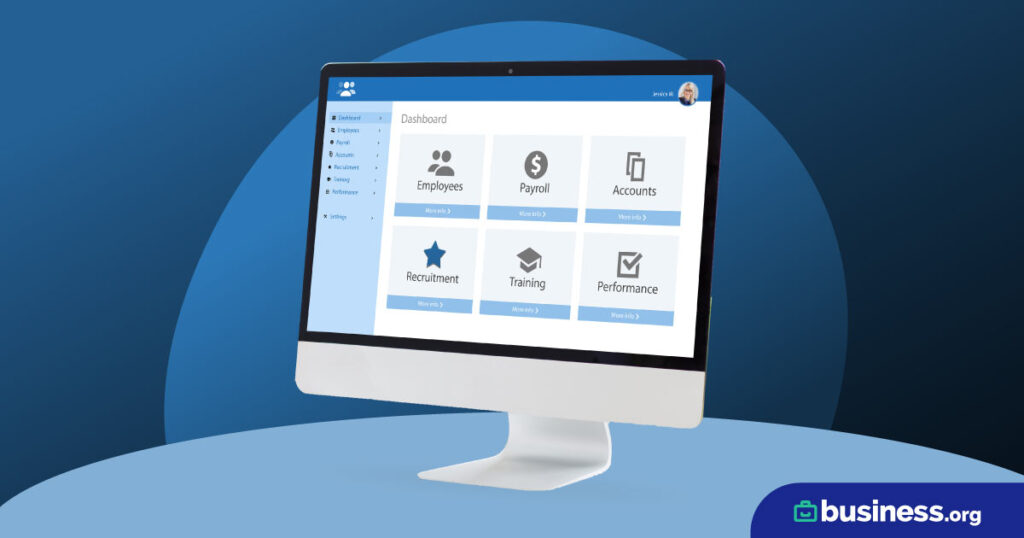We are committed to sharing unbiased reviews. Some of the links on our site are from our partners who compensate us. Read our editorial guidelines and advertising disclosure.
How to Calculate Your Break-Even Point
At its simplest, a break-even point (or BEP) is the point at which your business’s expenses equal its revenue. In other words, if you’re breaking even, you aren’t spending more than you’re making—which also means you aren’t making more than you’re spending. At your break-even point, your business isn’t profitable, but it also isn’t losing money: it’s at an exact net neutral.
Like a lot of supposedly simple accounting principles, the break-even point is a little harder to understand than it initially appears. Let’s dive into how to calculate your break-even point and how it can guide your business.
How do you calculate your break-even point?
The basic break-even point calculation is pretty simple (we've got an example that spells it out further down):
Break-even point = Total fixed costs / (price per unit – variable costs per unit)
Of course, before you can calculate your break-even point, you need to figure out your total fixed costs, variable costs per unit, and price per unit:
- Total fixed costs are expenses that stay the same regardless of how many products you sell. Costs like rent, salaries, and fixed interest rate payments all count as fixed costs.
- Variable costs per unit are expenses that vary with product creation. For instance, your sales commissions, shipping costs, and costs of raw materials vary month to month depending on how many products you sell.
- Price per unit means how much you sell each product for. You’re the one who sets this cost, and a break-even point can show if you’re selling your product for too little or too much (more on that below).
The answer to the equation will tell you how many units (meaning individual products) you need to sell to match your expenses.
Note that the total fixed costs aren’t per product but rather the sum total of your business expenses over any given time period, whether that’s a month, quarter, or year (you choose!). In contrast, variable costs are per unit.
While gathering the information you need to calculate your break-even point is tricky and time consuming, you don’t have to crunch the numbers with just a pen and paper. Any number of free online break-even point calculators can help, like this calculator by the National Association for the Self-Employed.
By signing up I agree to the Terms of Use and Privacy Policy.
What is an example of a break-even point calculation?
Let’s say Maria owns a small business that primarily sells handmade quilts. Between rent, property insurance, and other crucial expenses, Maria’s fixed costs total $2,000 a month. She sells each quilt for $500 each and determines that variable expenses for each product come to about $250. For her, the break-even point formula would look like this:
$2,000 / ($500 – $250) = 8 products/month
So to break even, Maria needs to create and sell eight quilts a month. If she wants to turn a profit, she'll need to sell at least nine quilts a month.
What does your break-even point tell you?
Your break-even point can help you answer the following questions:
- How many products do you need to produce and sell before you start turning a profit?
- Are you selling your products at too low a price per unit to make a profit?
- Do you need to lower any fixed costs (e.g., your own salary, your advertising budget, or your electric bill) to break even?
- Is your business model sustainable? In other words, is it even possible for you to break even given your anticipated fixed expenses, costs of labor, sales, and costs of production?
In our example above, Maria’s break-even point tells her she needs to create eight quilts a month, right? But what if she knows she can create only six a month given her current time and resources? Well, per the equation, she might need to up her cost per unit to offset the decreased production. Or she could find a way to lower her total fixed costs—say, by scouting around for a better property insurance rate or fabric supplier.
The takeaway
Once you calculate your break-even point, you can determine how many products you need to manufacture and sell to make your business profitable.
Want software that can help you calculate your break-even point? Check out our piece on the best bookkeeping software for small-business owners.
Disclaimer
At Business.org, our research is meant to offer general product and service recommendations. We don't guarantee that our suggestions will work best for each individual or business, so consider your unique needs when choosing products and services.
Compare the year's best accounting software
Data as of 3/9/23. Offers and availability may vary by location and are subject to change.
*Only available for businesses with an annual revenue beneath $50K USD
**Current offer: 90% off for 3 mos. or 30-day free trial
†Current offer: 50% off for three months or 30-day free trial
‡Current offer: 75% off for 3 mos. Available for new customers only





